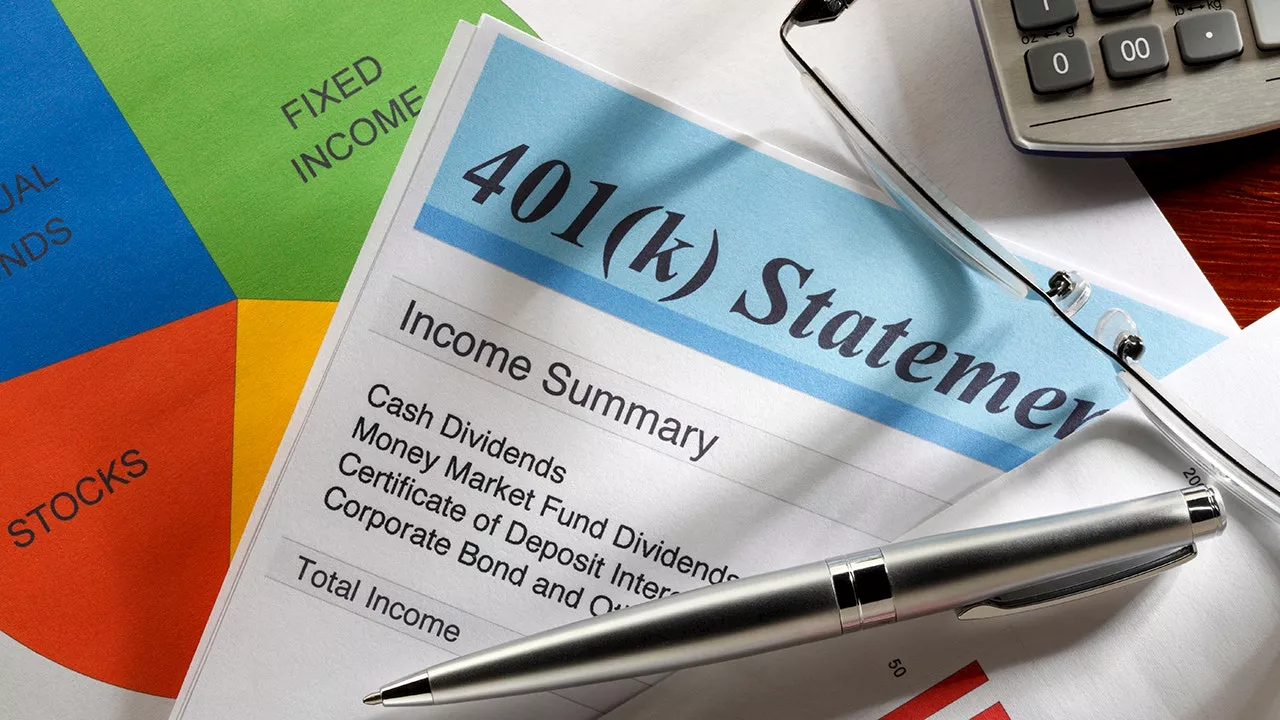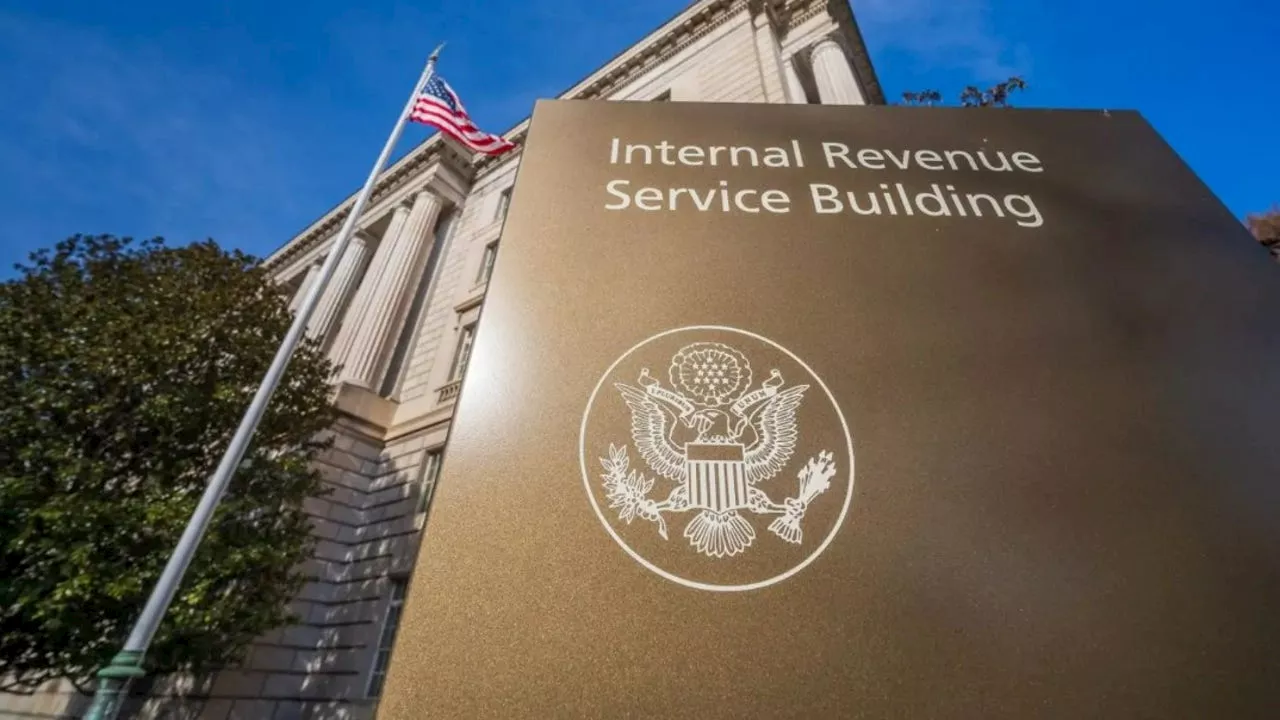The Internal Revenue Service (IRS) has announced an increase in the annual contribution limit for 401(k) and other retirement plans for the 2025 tax year.
It's officially 2025 and a good time to reassess your retirement planning. The Internal Revenue Service ( IRS ), in November, announced that it had increased the amount that individuals can contribute to their 401(k) and other retirement plans to account for inflation.Each year, the IRS reviews tax thresholds and limitations for various retirement accounts and considers making a cost-of-living adjustment based on the impact of inflation since the previous change occurred.
For the 2025 tax year, the IRS is increasing the annual contribution limit for 401(k) plans by $500 from the current limit of $23,000 in 2024 to $23,500 in 2025.Those limits also apply to several other retirement plans and will undergo the same increase for the 2025 tax year, including 403(b) retirement plans, governmental 457 plans and the federal government's Thrift Savings Plan.The IRS also considers adjustments to the contribution limits for Individual Retirement Accounts (IRAs), including traditional and Roth IRAs. However, the IRS will hold the IRA annual contribution limits constant from 2024 to 2025 at $7,000. It's also maintaining the IRA catch-up contribution limit for individuals aged 50 and over at $1,000 for 2025.The catch-up contribution limit that applies to employees aged 50 and up enrolled in most 401(k), 403(b), governmental 457 plans and the Thrift Savings Plan will remain at $7,500 for 2025. Workers who are 50 and older can generally contribute up to $31,000 annually to those retirement plans starting in 2025 under changes made with the enactment of the SECURE 2.0 Act of 2022. That law also created a higher catch-up contribution limit for workers aged 60 to 63 who participate in those plans — which will be increased to $11,250 instead of $7,500 in 2025
RETIREMENT PLANNING 401(K) IRA INFLATION IRS
United States Latest News, United States Headlines
Similar News:You can also read news stories similar to this one that we have collected from other news sources.
 IRS Increases 401(k) and Retirement Plan Contribution Limits for 2025The Internal Revenue Service (IRS) has raised the contribution limits for 401(k) and other retirement plans for the 2025 tax year. This increase is designed to help individuals save more for retirement in the face of inflation.
IRS Increases 401(k) and Retirement Plan Contribution Limits for 2025The Internal Revenue Service (IRS) has raised the contribution limits for 401(k) and other retirement plans for the 2025 tax year. This increase is designed to help individuals save more for retirement in the face of inflation.
Read more »
 IRS Increases 401(k) and Other Retirement Contribution Limits for 2025The Internal Revenue Service (IRS) adjusts contribution limits for various retirement accounts annually to account for inflation. For 2025, 401(k), 403(b), governmental 457, and Thrift Savings Plan limits are raised by $500 to $23,500. Individual Retirement Account (IRA) annual contribution limits remain at $7,000.
IRS Increases 401(k) and Other Retirement Contribution Limits for 2025The Internal Revenue Service (IRS) adjusts contribution limits for various retirement accounts annually to account for inflation. For 2025, 401(k), 403(b), governmental 457, and Thrift Savings Plan limits are raised by $500 to $23,500. Individual Retirement Account (IRA) annual contribution limits remain at $7,000.
Read more »
 401(k) Catch-Up Contribution Limit Increases to $11,250 for Ages 60-63 in 2025Starting in 2025, workers aged 60 to 63 can contribute an additional $11,250 as a catch-up contribution to their 401(k) plans, raising their total deferral limit to $34,750. This increase is designed to give older workers more opportunities to save for retirement.
401(k) Catch-Up Contribution Limit Increases to $11,250 for Ages 60-63 in 2025Starting in 2025, workers aged 60 to 63 can contribute an additional $11,250 as a catch-up contribution to their 401(k) plans, raising their total deferral limit to $34,750. This increase is designed to give older workers more opportunities to save for retirement.
Read more »
 401(k) Catch-Up Contribution Limit Increases for Workers 60-63 in 2025The 401(k) catch-up contribution limit for employees ages 60 to 63 will increase to $11,250 in 2025, bringing their total deferral limit to $34,750.
401(k) Catch-Up Contribution Limit Increases for Workers 60-63 in 2025The 401(k) catch-up contribution limit for employees ages 60 to 63 will increase to $11,250 in 2025, bringing their total deferral limit to $34,750.
Read more »
 401(k) Catch-Up Contribution Limits Rise for 2025The 401(k) catch-up contribution limit for workers ages 60 to 63 will increase to $11,250 in 2025, bringing their total deferral limit to $34,750. This change offers additional savings opportunities for older workers. Experts advise taking action now to adjust contributions and maximize benefits.
401(k) Catch-Up Contribution Limits Rise for 2025The 401(k) catch-up contribution limit for workers ages 60 to 63 will increase to $11,250 in 2025, bringing their total deferral limit to $34,750. This change offers additional savings opportunities for older workers. Experts advise taking action now to adjust contributions and maximize benefits.
Read more »
 401(k) Catch-Up Contribution Limits Increase for 2025Starting in 2025, the 401(k) catch-up contribution limit for workers aged 60 to 63 will increase to $11,250, bringing their total deferral limit to $34,750. This increase offers a significant opportunity for savers in this age group to maximize their retirement savings.
401(k) Catch-Up Contribution Limits Increase for 2025Starting in 2025, the 401(k) catch-up contribution limit for workers aged 60 to 63 will increase to $11,250, bringing their total deferral limit to $34,750. This increase offers a significant opportunity for savers in this age group to maximize their retirement savings.
Read more »
